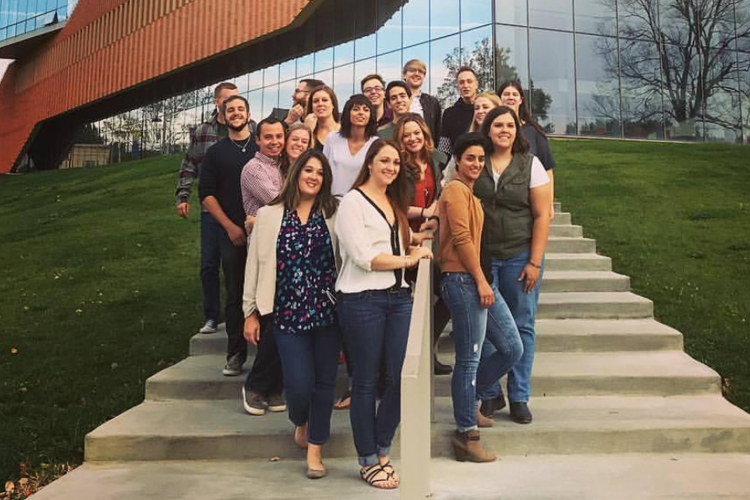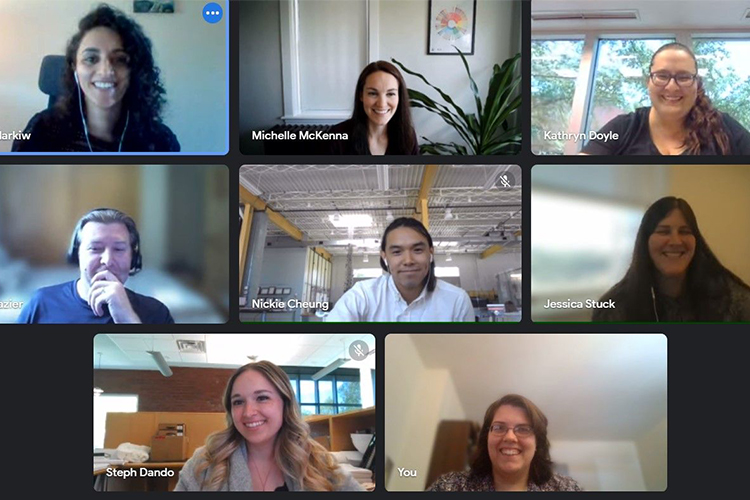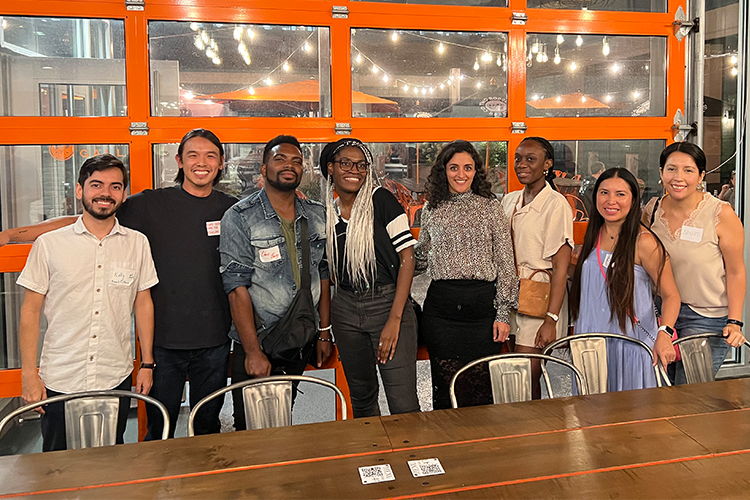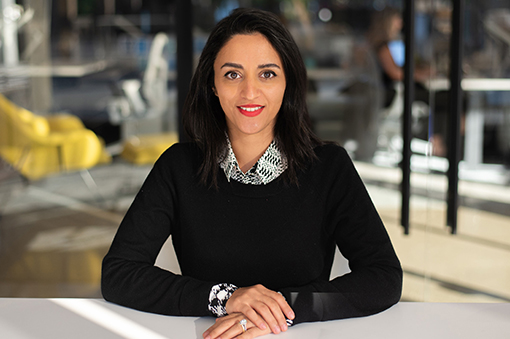American architecture continues to lack diversity. In this inspiring essay, DesignGroup’s Parva Markiw shares how she learned to embrace her Iranian heritage as a design professional. And advocate for others to do the same.
By Parva Markiw, Project Architect, AIA, LEED Green Associate
For as long as I can remember I always wanted to be an architect. So when I moved with my parents from Iran to the United States at age 14, I knew what I wanted to study. I could not wait to go to architecture school. My choice: Kent State University.
As diverse as my alma mater was, I was surprised to see and feel the absence of minorities in the architecture program. I was one of the few people of color. I saw the same demographics in my first internship in Cleveland. It gave me little hope for entering a diverse workplace after graduation.

Once school was over, I moved to Pittsburgh. As I searched for my first job, I was reluctant to fully embrace my true self. As a brown person and first-generation college graduate, I knew I had to pave my own path in this industry. That meant blending in as much as I could. In my first job, I avoided calling any attention to the differences that set me apart from my white counterparts — like celebrating different holidays, speaking a different language, and eating different food. On paper it felt important to convey my background, but when it came to interviews and work, I instead tried to put people at ease by stifling the things that made me unique.
During my first few years in Pittsburgh, I knew I needed to grow my network, so I searched for events for young professionals. When I found the National Organization of Minority Architects (NOMA), and learned about its mission, it was clearly a great organization for me to join. But I didn’t. I had just started working and was focused on proving to myself and everyone around me that I was no different from anyone else. Joining NOMA so early in my career, I thought, meant I would emphasize my uniqueness — the opposite of what I felt I needed to do. I denied myself this opportunity for connection and growth.
In truth, it took me some time to define what I wanted to focus on in my career. I also waited four years to join AIA. Yet it was the AIA Foundation’s Leadership Institute that opened my mind about our roles and responsibilities as architects in our community. I joined AIA Pennsylvania’s Emerging Professional Committee (EPiC) in 2020, and in the last two years I’ve served as its chair. That was the experience I needed to grow as a leader in my personal and professional life. It allowed me to focus on EDI issues in our community and to more openly express my culture and traditions. I became more comfortable in my work environment and saw an opportunity to help my coworkers see design and engagement from a new perspective.

A Welcoming New Home
Seeing more underrepresented groups in architecture continued to fuel my involvement in AIA, the EDI committee, and other organizations and summer programs. So when I started seeking new work opportunities last year, it’s no surprise that company culture was very important in my search. How would I be perceived there? Would my desire for change be embraced? I had to make sure my new employer would not only see me as a good addition to the team, but also support my involvement with outside organizations and be open to my personal initiatives.
All those things came together last July, when I accepted an offer to join DesignGroup. The main reason I joined this firm? Its culture and environment! Company leadership and coworkers alike encourage me to be my full self through mentorship, support, and encouragement (and monetary support) to engage with AIA and NOMA, and attend programs like the National Intercultural Leadership Program. Today I feel more confident and reassured knowing that what I bring to this environment is valued. It’s more than being comfortable enough to be myself — I now feel keeping any of myself hidden would be a disservice to my colleagues, our clients, and projects I work on. Being authentic is essential.
In just my first year, I’ve been working to start an EDI committee in our office. And eight years after my graduation, I finally felt comfortable enough to join NOMA. It took me this long to finally fully embrace my heritage be my whole self at work. It truly feels like a pivotal moment in my career.

Looking Ahead
Culture, environment, and, most important, leadership make a huge difference in how you show up to work. I’ve seen first-hand that when diversity and differences are celebrated, it gives people more confidence to ask questions, make suggestions, and engage more deeply in projects. I have faith that, in the future, we’ll see even more under-represented people in architecture firms, which will result in new and better, more holistic designs. I look forward to continuing my involvement with AIA EPiC, AIA EDI, NOMA, and specific programs focused on diversifying our industry. I’m thrilled to see programs like NOMA’s Project Pipeline, and University of Pittsburgh’s Experiencing Architecture Program, make our profession more accessible. So people like me can feel fully accepted, valued, and engaged in decision making.

Parva Markiw, AIA, LEED Green Associate // Project Architect
With 8 years of experience, Parva brings a fresh perspective to the table and enjoys working on all project sizes and collaborating with clients to bring their vision to life. She has worked on a multitude of healthcare and higher education projects with a passion for creating a long-lasting impact at different scales. Parva is an integral part of the team for the 18,650 SF Neurology Renovation at Allegheny Health Network’s Allegheny General Hospital, which is currently in construction. In addition, she has recently worked on a housing renovation at The University of Pittsburgh, a new group home for Familylinks and an office renovation for Washington Health System’s Foundation.
